Understanding symmetry Worksheets for 7-Year-Olds
32 filtered results
-
From - To
Explore the joy of learning symmetry with our engaging worksheets designed specifically for 7-year-olds! These interactive activities make understanding symmetry fun and easy. Your child will dive into identifying symmetrical shapes, completing patterns, and creating their own symmetrical images. With colorful illustrations and clear instructions, these worksheets cater to various learning styles, enhancing both visual and critical thinking skills. Perfect for classroom use or at-home learning, our symmetry worksheets promote creativity while reinforcing essential math concepts. Help your child see the beauty of symmetry all around them and watch their confidence soar in geometry. Get started and boost their learning today!
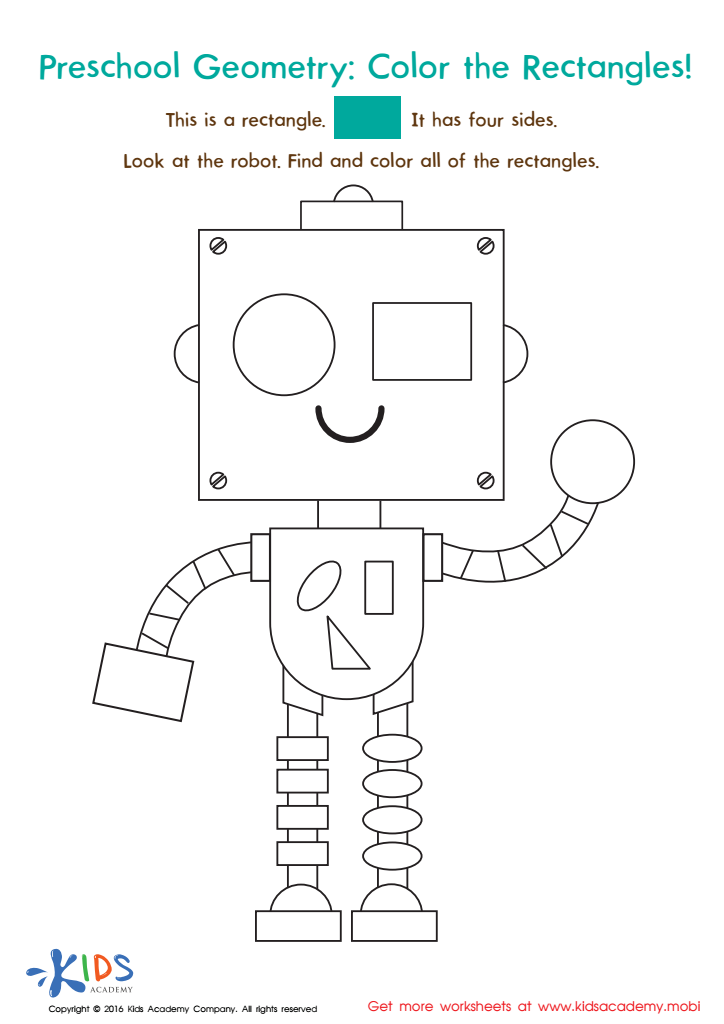

Geometry Worksheet
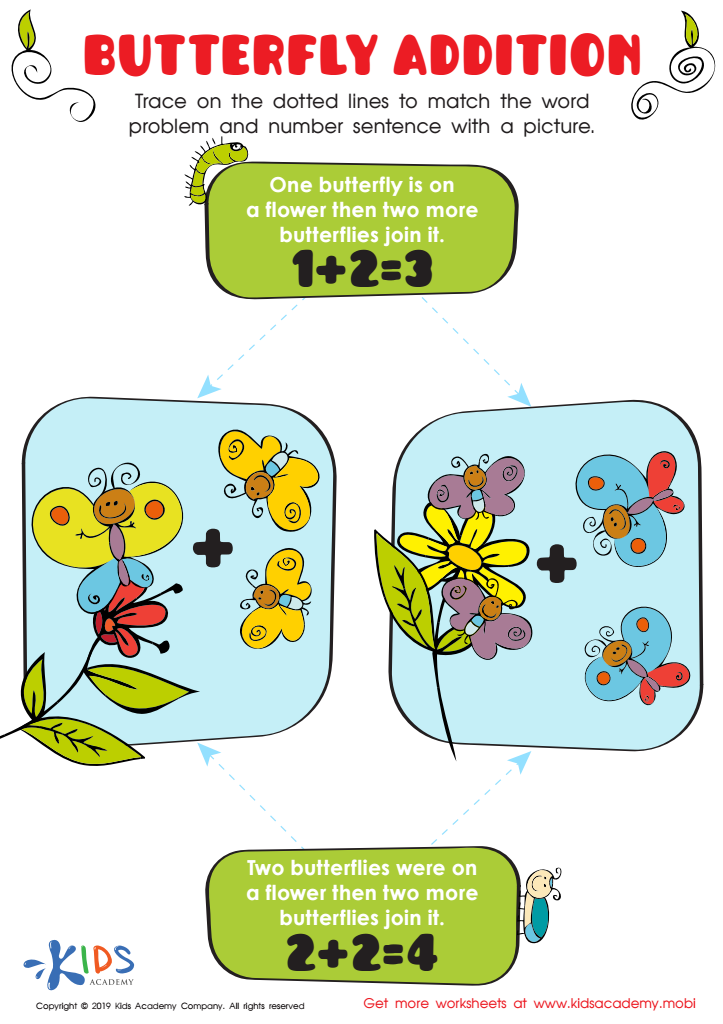

Butterfly Addition Worksheet


Lines of Symmetry Printable
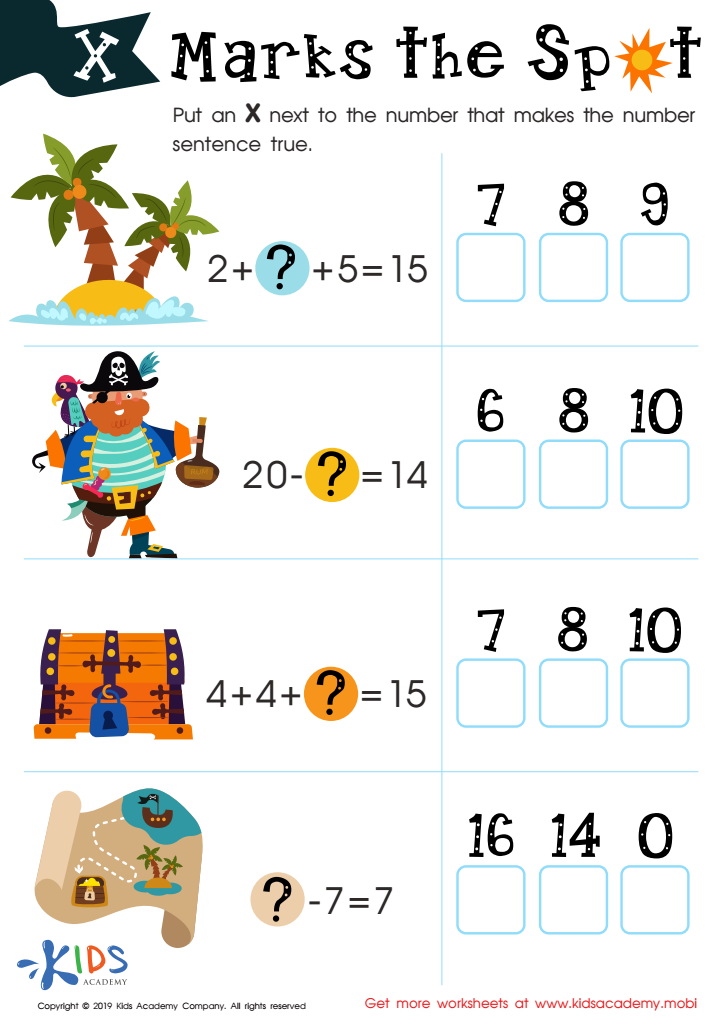

X Marks the Spot Worksheet
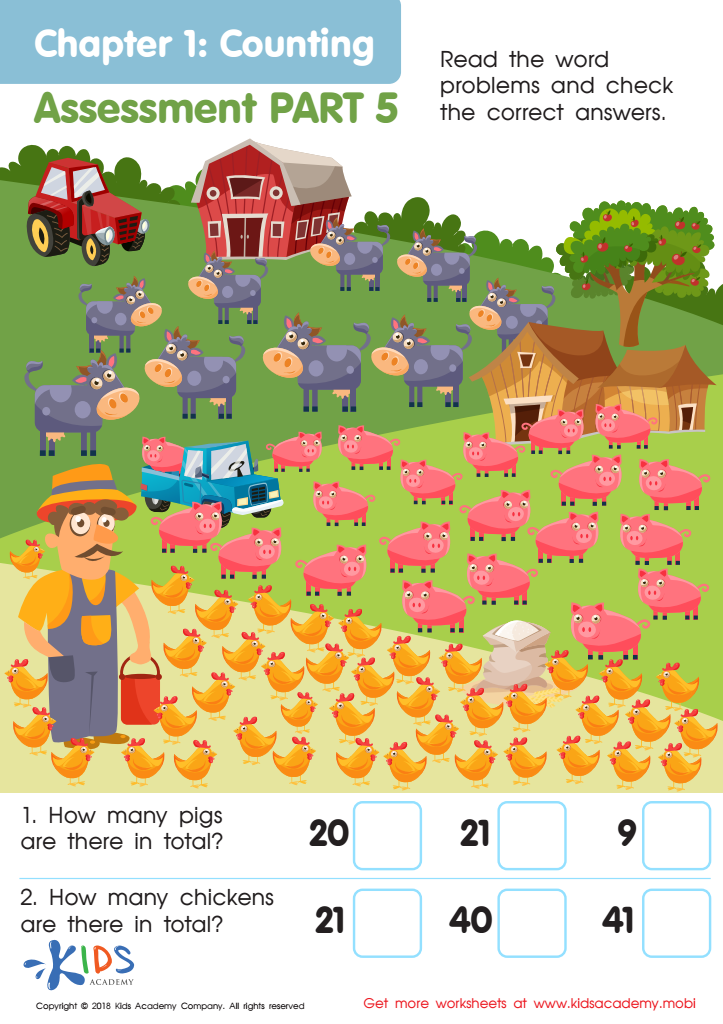

Counting: Assessment 5 Worksheet
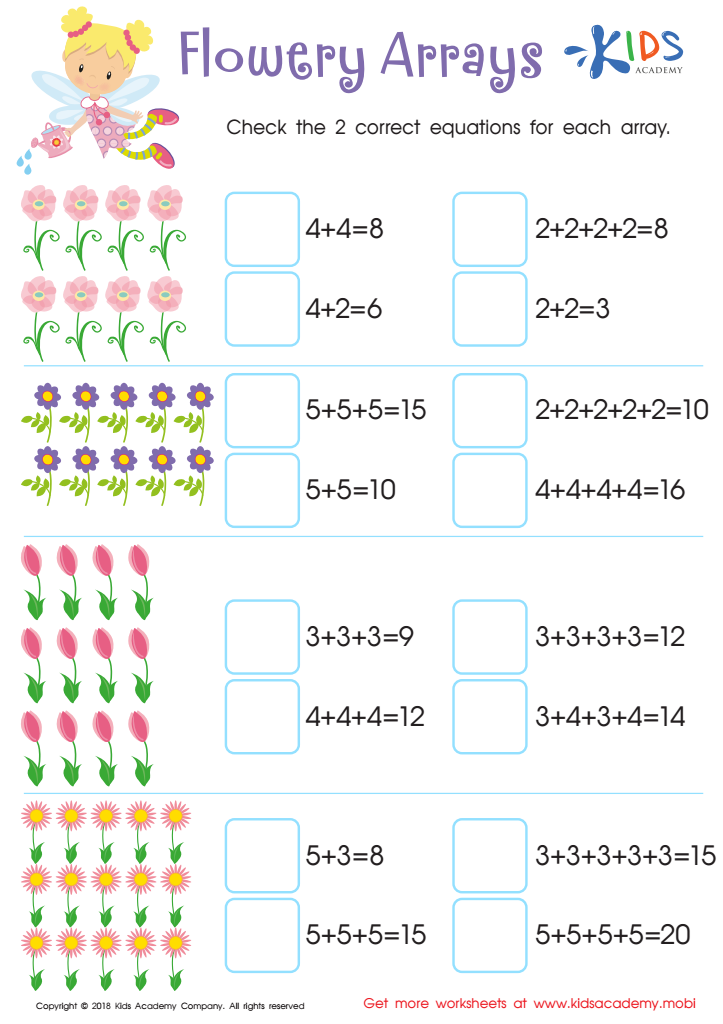

Flowery Arrays Worksheet
Understanding symmetry is essential for 7-year-olds as it lays a foundational understanding of mathematics and the natural world. At this age, children are naturally curious, and grasping the concept of symmetry can enhance their spatial awareness and critical thinking skills. Recognizing the symmetrical properties in shapes, patterns, and objects helps them develop their problem-solving abilities and encourages them to think visually.
Moreover, symmetry is prevalent in art, nature, and everyday life. By engaging with symmetry, children can explore creativity through pattern making and design, fostering artistic expression while reinforcing mathematical concepts. For parents and teachers, emphasizing symmetry cultivates a cross-disciplinary approach that links mathematics with art and science, making learning more holistic and enjoyable.
Ultimately, when children learn about symmetry, they not only improve their mathematical skills, but also enhance their appreciation for the beauty and order present in the world around them. This understanding can lead to greater confidence in mathematics and a richer, more integrated approach to learning in various subjects. Thus, nurturing a child's comprehension of symmetry at an early age can set the stage for a lifelong love of learning and discovery.
 Assign to My Students
Assign to My Students

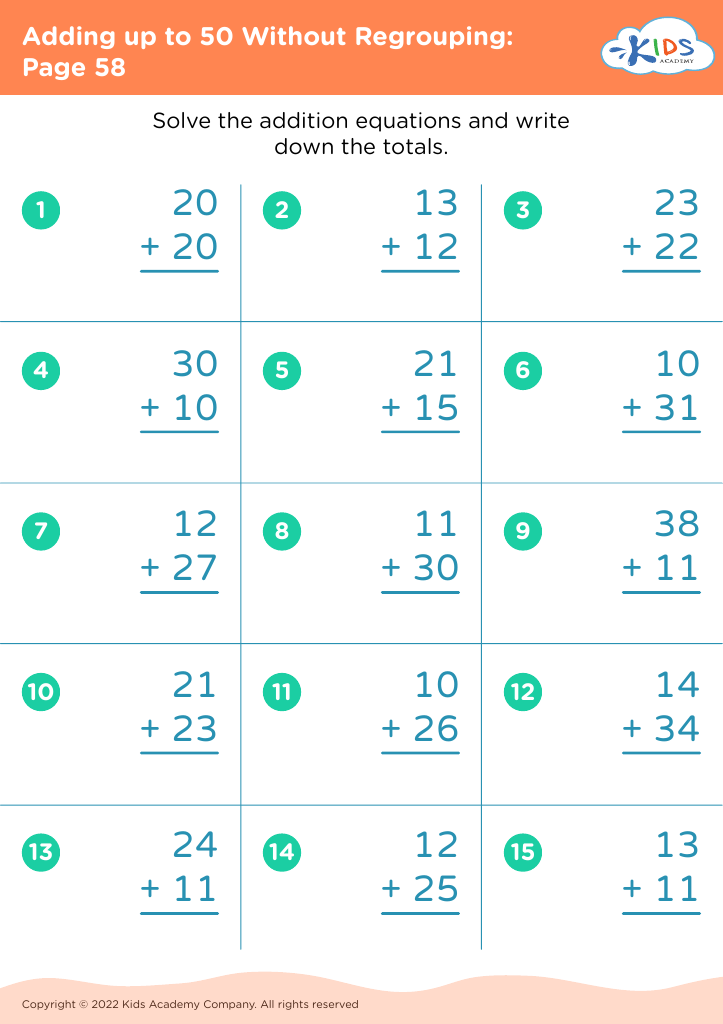

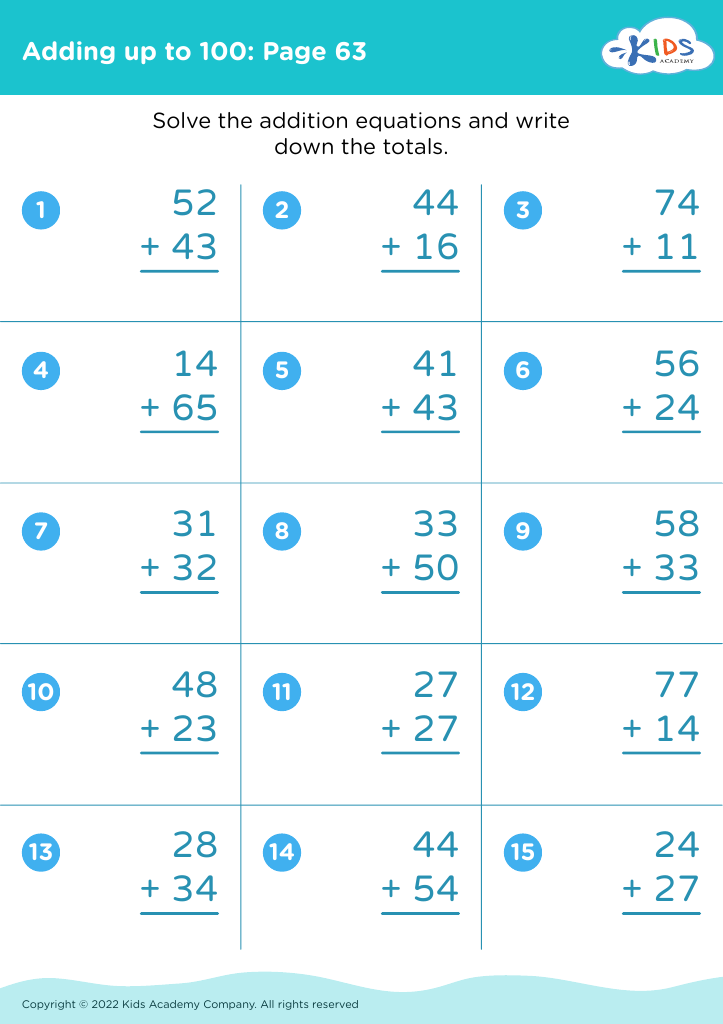

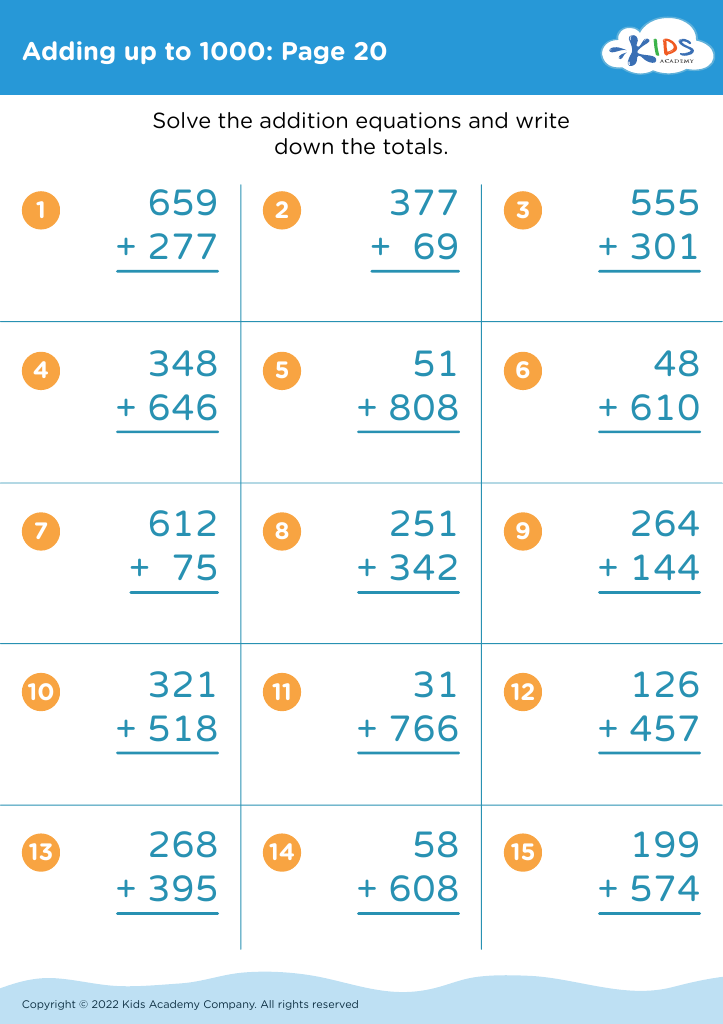
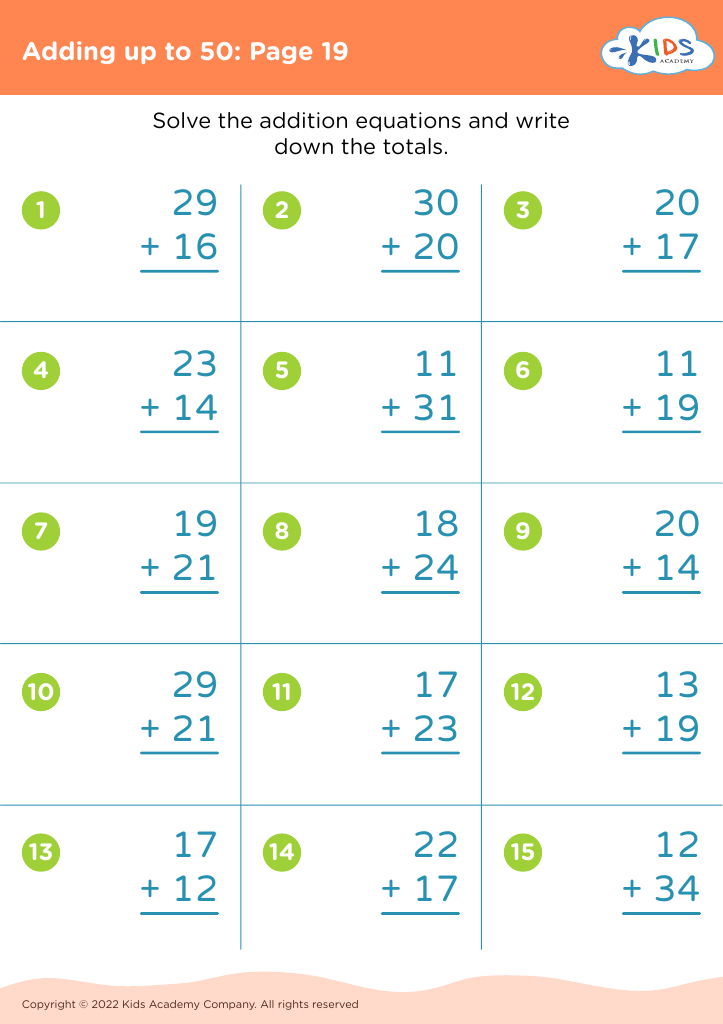

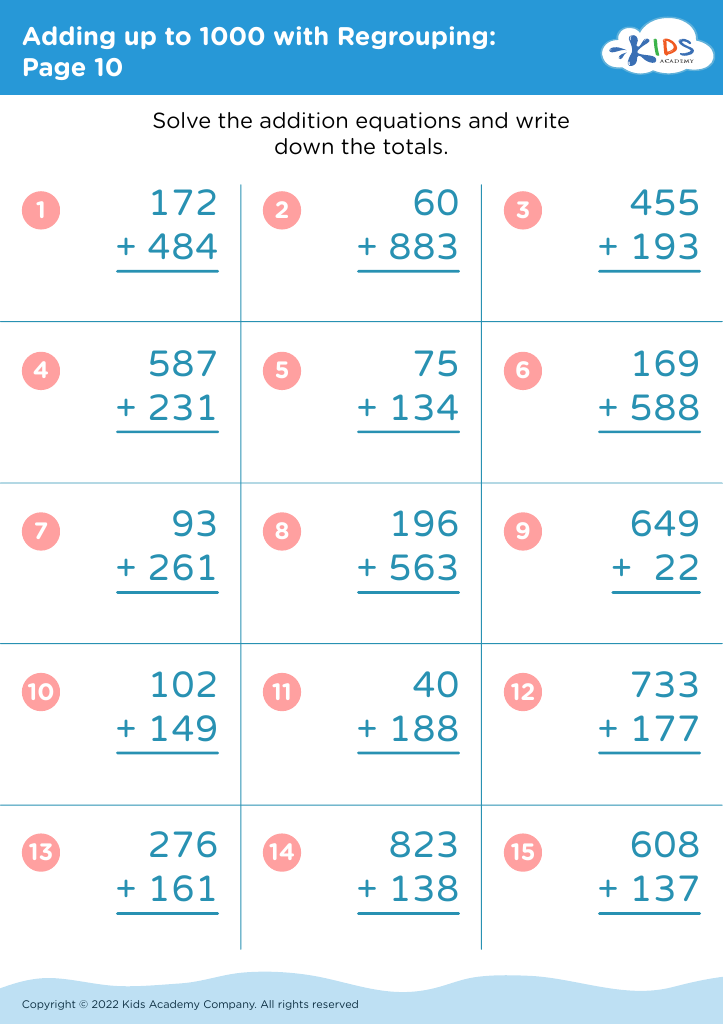

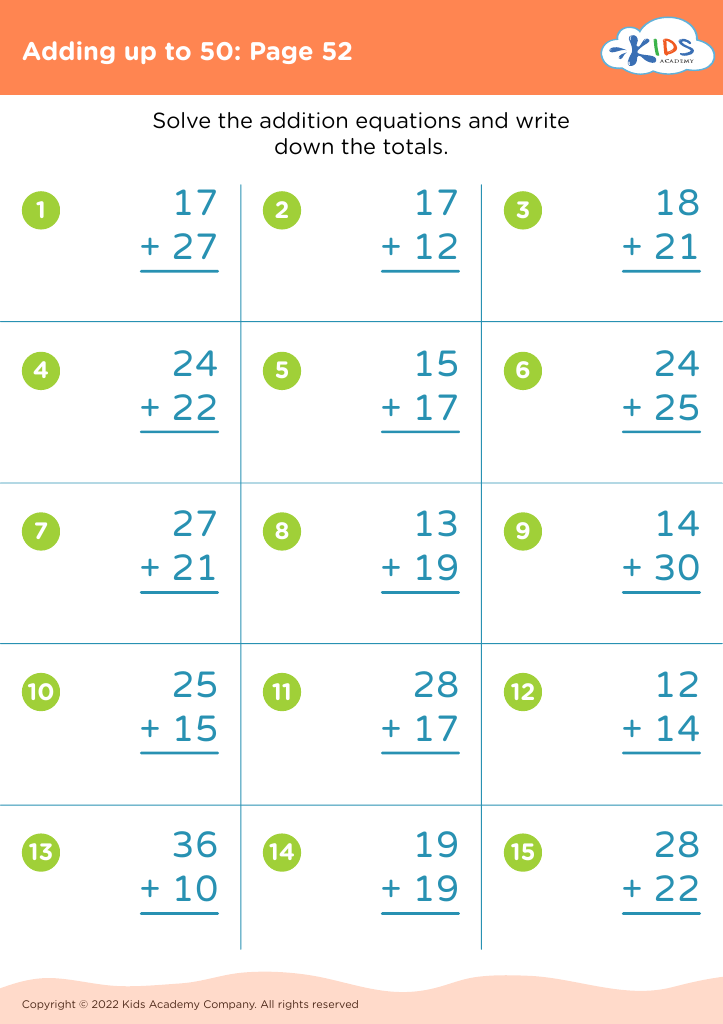
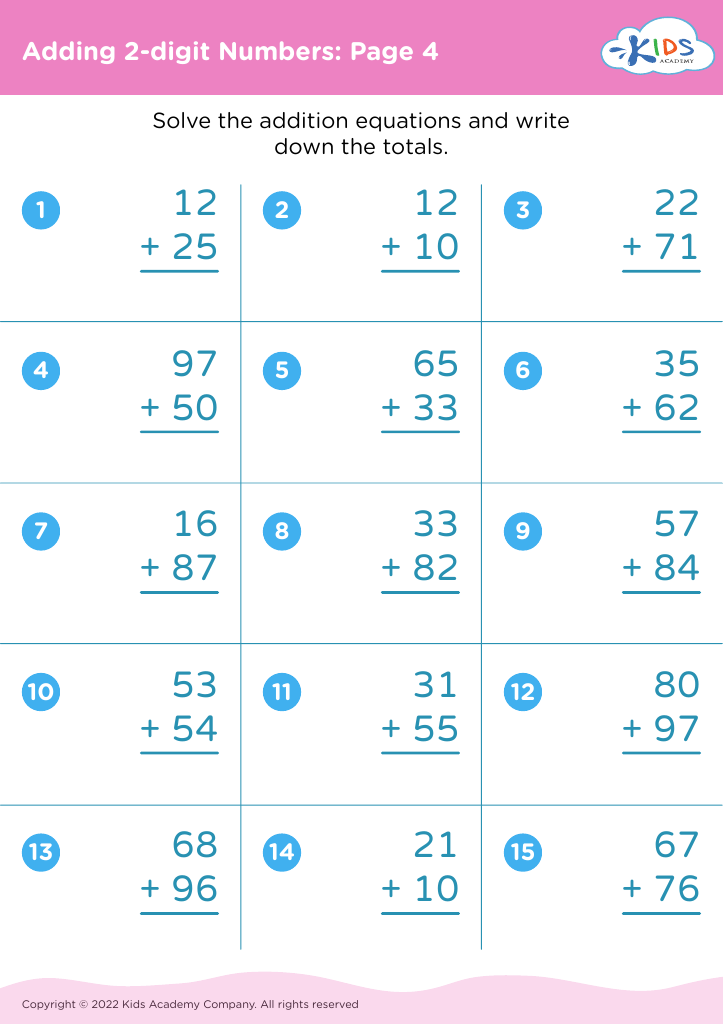
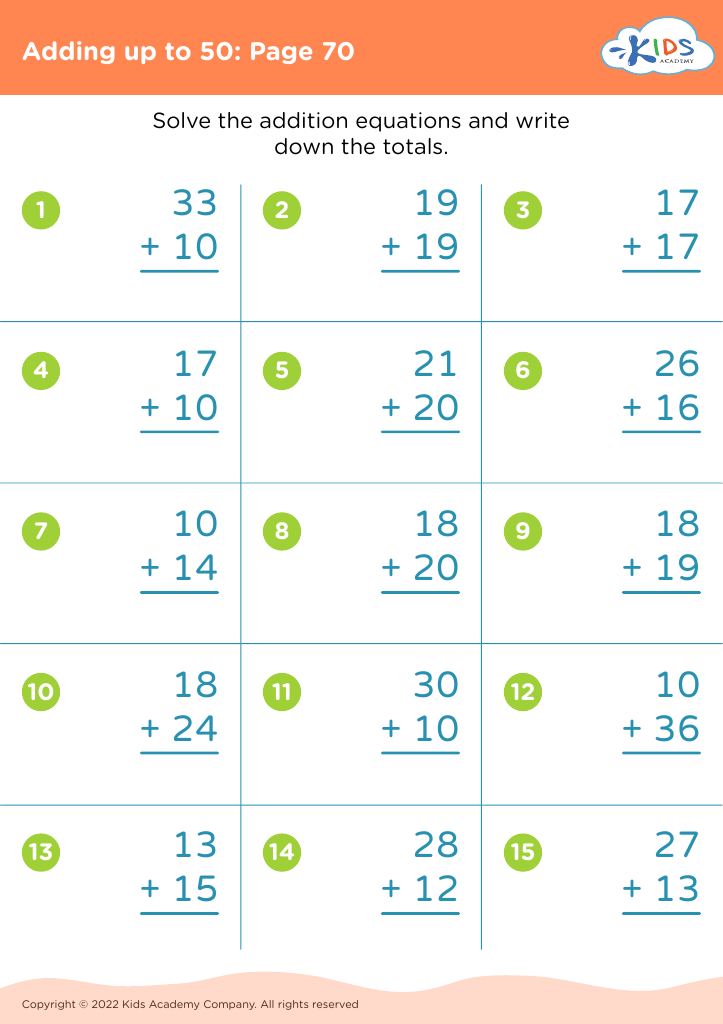
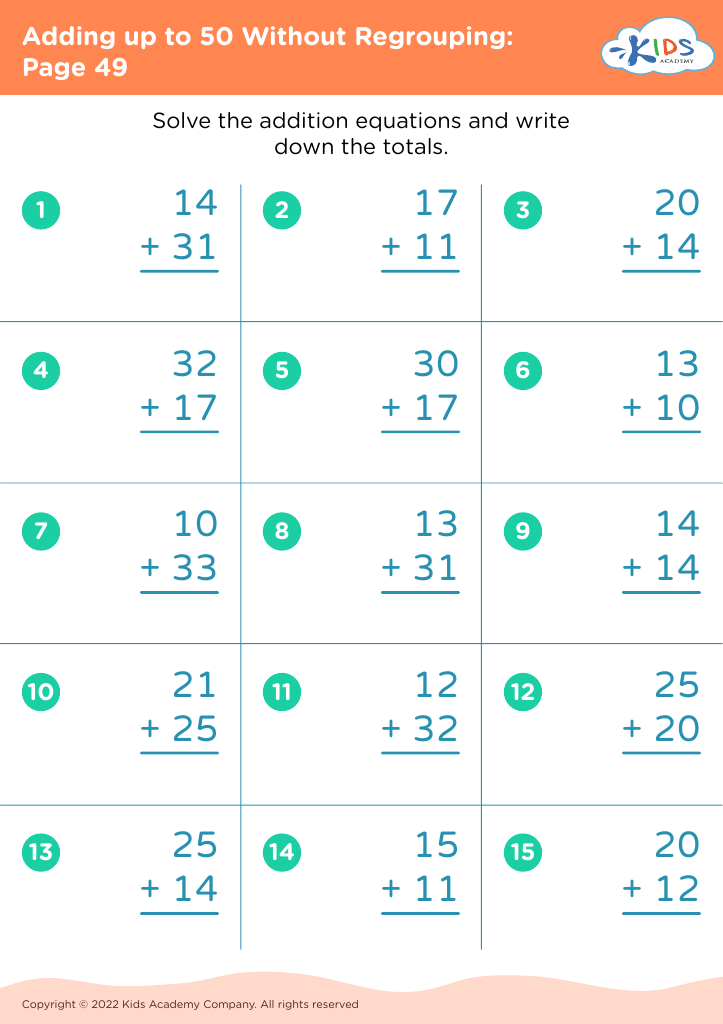
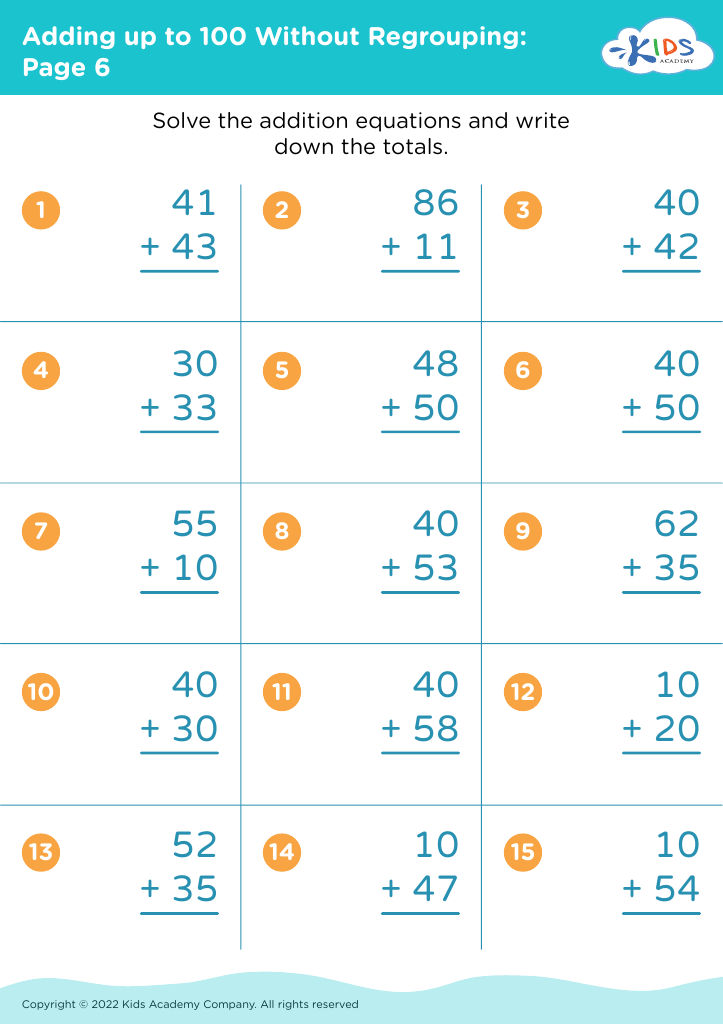

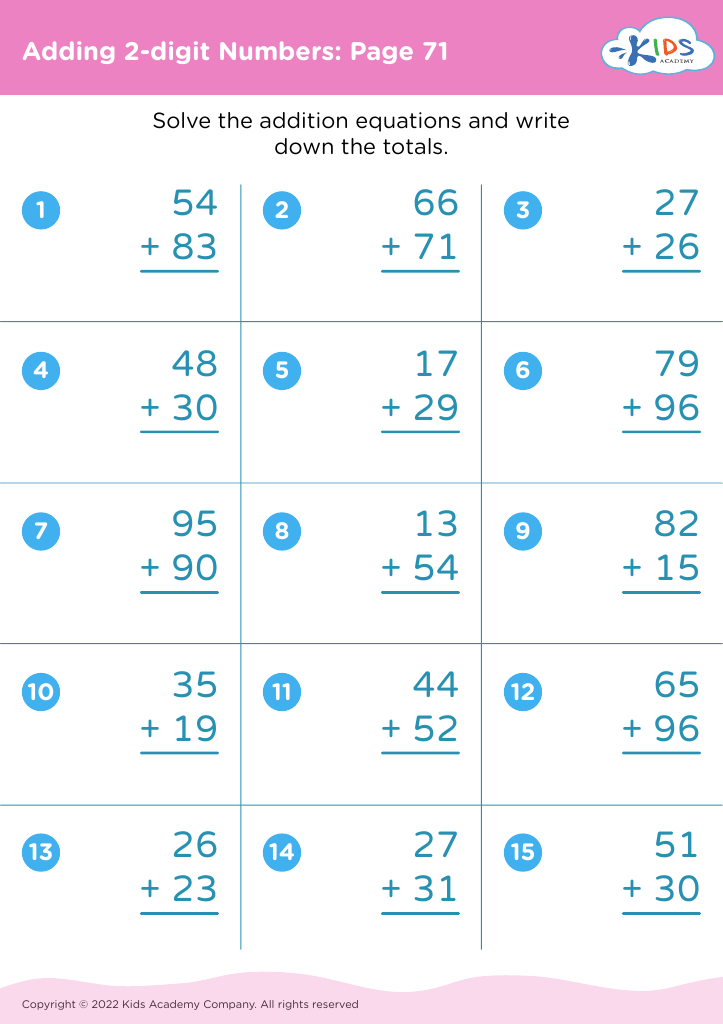

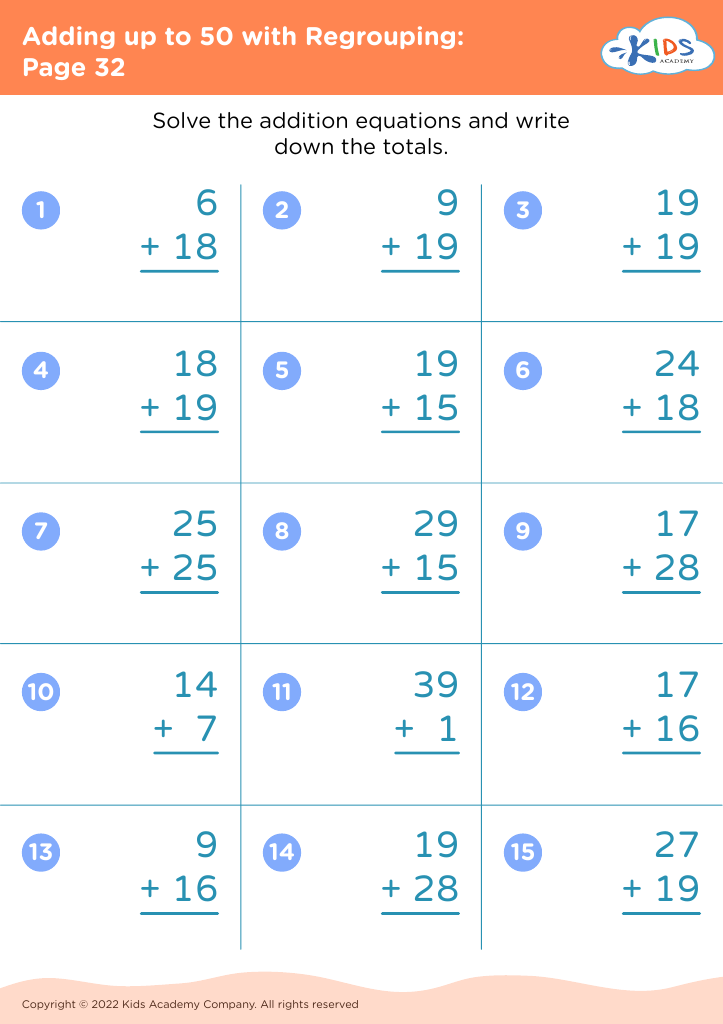
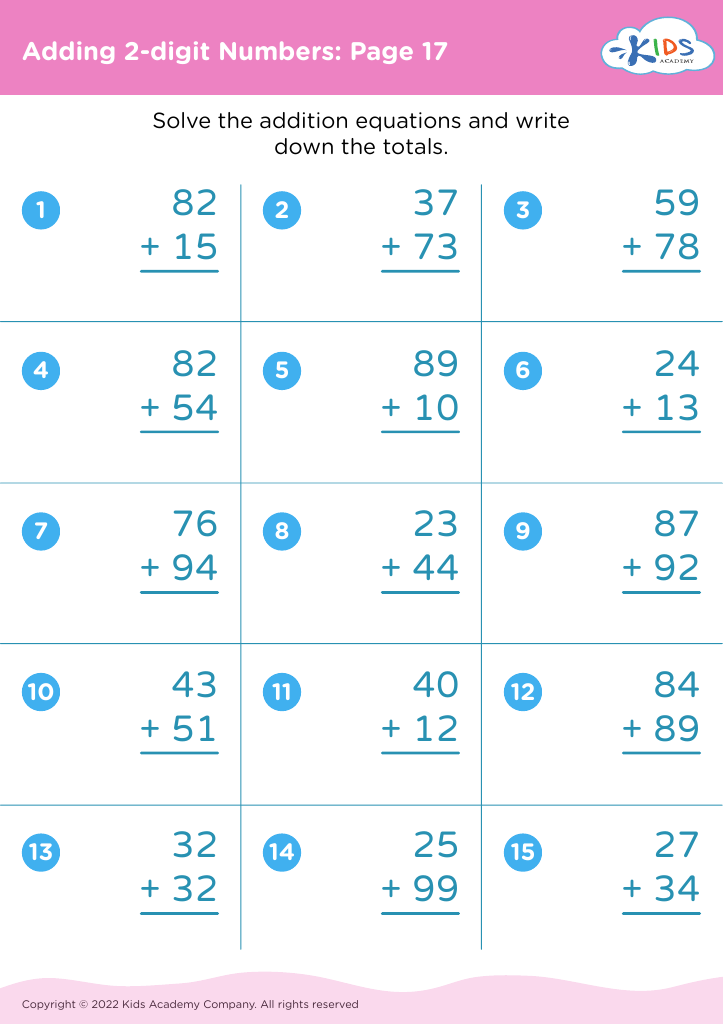
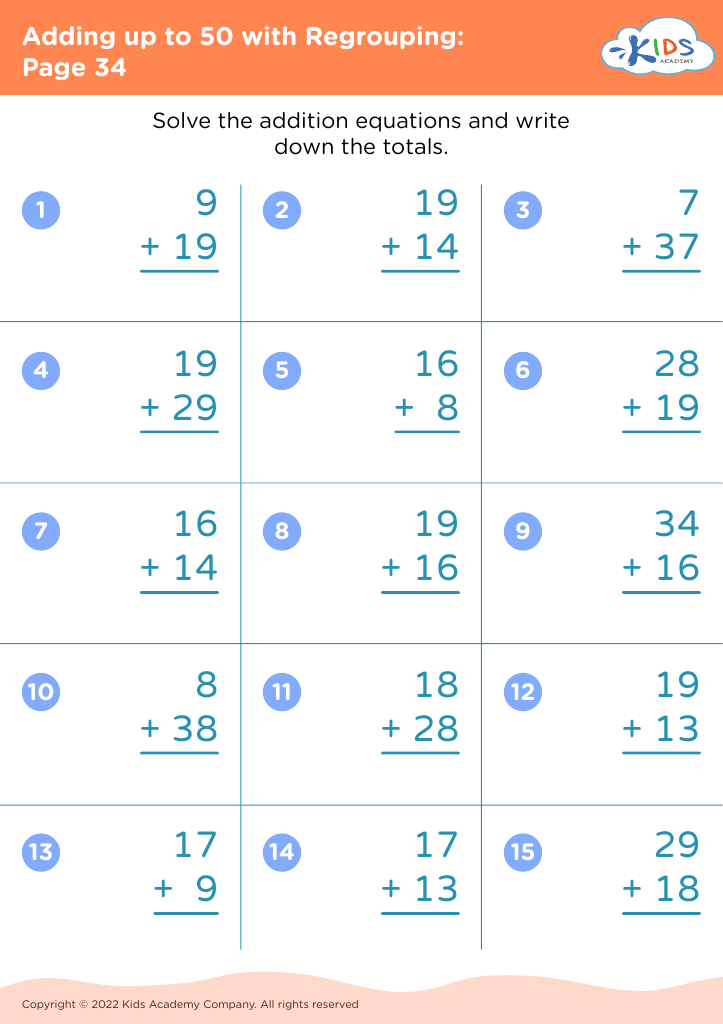




.jpg)














